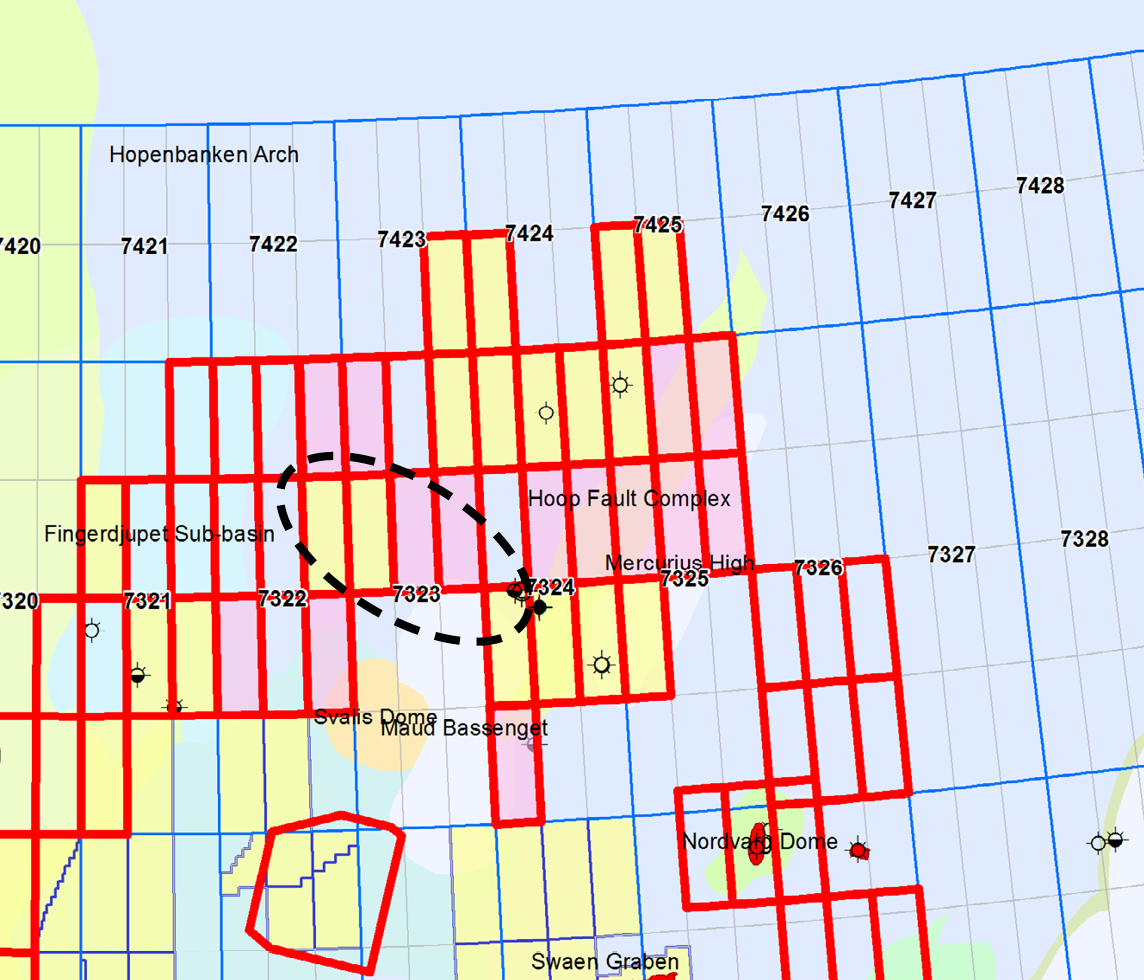After more than 30 years of exploration and more than 100 wells drilled in the Barents Sea, only one field is in production, and another under development.
Nonetheless, recent discoveries in the last few years and numerous shows point to a working, hydrocarbon system across the Barents Sea; and the Wisting oil discovery last fall sparked new interest.
In an article published in the August edition of SEG’s peer-reviewed journal Interpretation, geoscientists at EMGS demonstrate how the petroleum industry can use CSEM (controlled source electromagnetic) solutions to open up new play models in the Barents Sea, better evaluate a prospect’s probability of success, and support decisions on where to drill.
Re-examining play models
In their article “CSEM as a tool for better exploration decisions: Case studies from the Barents Sea, Norwegian Continental Shelf” geoscientists Stein Fanavoll, Pål Gabrielsen and Svein Ellingsrud presented new thoughts about play models and demonstrated how oil companies can use CSEM anomaly maps, along with other geophysical and geologic data, to support exploration decisions.
In the last three licensing rounds in the Barents Sea, a total of 15 blocks were awarded in the area of the Hoop Fault Complex, a dominating, structural element on the Bjarmeland Platform.
The authors, citing Kjølhamar (2012), write that ideas have been launched that argue for a different depositional environment in the upper Triassic which in turn may give rise to larger volumes and better reservoir development–in other words, new play models.
The following illustration shows a dashed, encircled area where the authors build case studies for new, play models in the Hoop Fault Complex. 3D seismic have already been acquired for this area as well as 3D CSEM data (blocks where CSEM data was acquired are indicated by red rectangles).

Seeing oil through background resistivity
The Wisting discovery demonstrated that even with a highly resistive background in the area, oil could be seen. Once background resistivity is viewed as less of a hindrance; explorationists can open their eyes to new play models, on the Bjarmeland Platform and elsewhere.
When Austrian OMV announced the Wisting oil discovery in license PL537 last September, the discovery was associated with a significant, electromagnetic anomaly.
The article’s authors pointed out that the most important result of the Wisting discovery, from a commercial and CSEM perspective, is the fact that light oil was discovered there. According to the Interpretation article, this countered the view some people had prior to Wisting, that the highly resistive background in the area prevented explorationists from effectively seeing hydrocarbons, in particular oil.
Certain play models which might have been discarded because of highly resistive backgrounds, can now be effectively imaged using CSEM to see whether or not there is oil in the area.
Better resource estimation and prospect delineation
Another important aspect of prospecting is considering a prospect’s probability of success and its expected resource volumes.
Explorationists can use CSEM data together with seismic to interpret lateral extents of prospects to gain insight into just how large and extensive a prospect is. Such insight is of value to oil and gas companies, not only to support their decisions to apply for licenses or to farm in/farm out; but also at a later stage before a drill-drop decision.
The article was published in Volume 2, Issue 3 of Interpretation, a peer-reviewed journal co-published by the Society of Exploration Geophysicists and the American Association of Petroleum Geologists.